Toyota’s Nürburgring car-making has its roots in the Supra
The fourth-generation Supra is the first Toyota vehicle to have been fully developed at the Nürburgring
Toyota first visited the Nürburgring more than 40 years ago, when, at the age of 28, master driver Hiromu Naruse took the wheel of the Celica 1600 GT at the 6 Hours of Nürburgring. Toyota attended to provide technical guidance.
The first time he drove the circuit, Naruse thought “I have come to an extraordinary place” and, at the same time, instinctively felt “we can use the Nürburgring for development.” Indeed, in the 1980s, the Nürburgring was used for the first time for the full-scale development of a Toyota car: the fourth-generation Supra (A80).

Master driver Naruse
focuses thoroughly
on the basic
performance of the A80
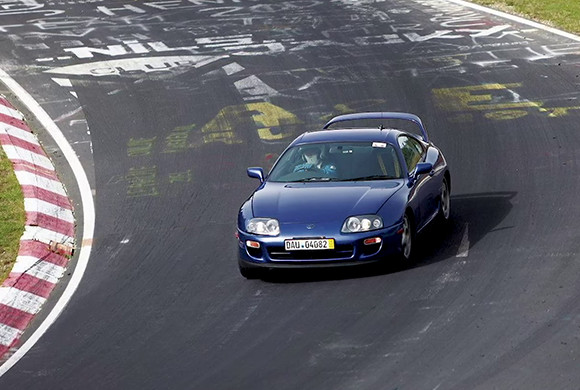
The Supra was released in 1978 as a top-grade model of the Celica, and with each generation its sports performance was improved. In order to ensure that the fourth-generation Supra would be a worthy flagship sport carfor Toyota, chief engineer Isao Tsuzuki led a development team that focused thoroughly on the car’s basic performance; the evaluation driver was, of course, Naruse.
When the Supra was released, the automotive media gathered at Japanese circuits to test the car and conduct time trials. Toyota’s flagship model provided superb control despite being a high-power front-wheel-drive car, and its reliable and intuitive handling was also highly praised; in terms of result of time attack, however, rival sport cars were faster. Yet as far as Naruse was concerned, such evaluations were meaningless.
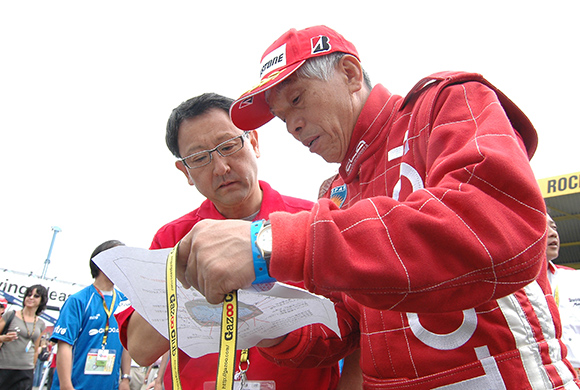
“We are not satisfied with the situation just because the Supra is superior to other cars at Japanese circuits. The car will not show the true potential itself at circuits in Japan. Japanese circuits only reveal one-tenth of a car’s performance, but the Nürburgring uncovers 100 percent of a car’s capabilities. For this reason, it is impossible to misrepresent the car at the Nürburgring. The faster the average speed, the more the Supra is able to show its inherent performance.. When it is brought to Europe, the Supra will demonstrate just how good it is.”
The Supra continued to be improved, but production was regretfully discontinued in 2002. However, the car continued to be used by Toyota as a driver trainingcar; and it goes without saying that President Akio Toyoda is one of the people who learned the ropes with the Supra.
Afterward, as Toyota’s business results improved, so the number of production of sport cars decreased. After production of the MR-S ceased in 2007, there were no sport cars in the Toyota line-up. For a company that only pursues efficiencyand business results, it is rational to think that “sport cars are unnecessary.” However, as an automobile manufacturer, Toyota also relinquished something vital.
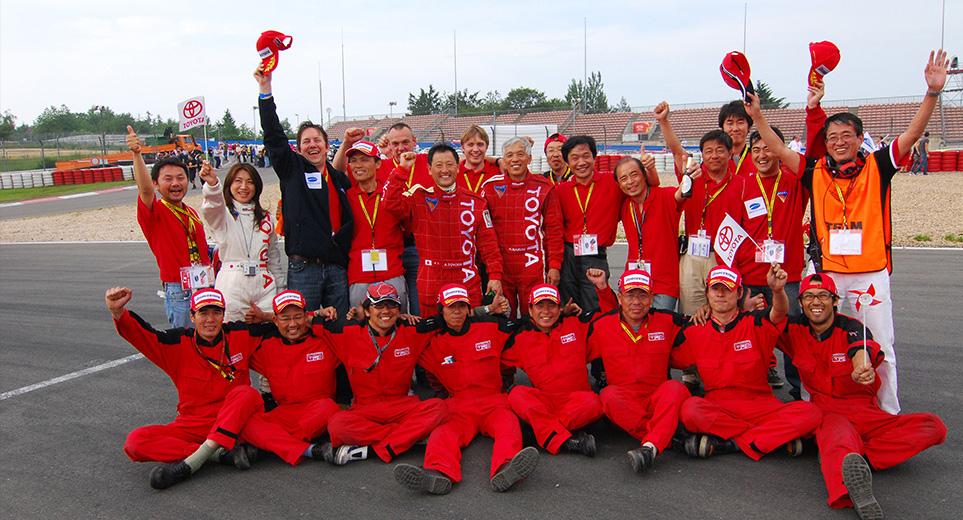
The establishment of GAZOO Racing
and the participation of
24 Hours of Nürburgring
In such a situation, the two people who sounded the alarm were Naruse and Akio Toyoda, who was at that time Toyota’s vice-president. It was primarily due to their efforts that GAZOO Racing was established in 2007. Naruse had for a long time insisted: “Races are the ultimated stage on which to pass on technologies and nurture human resources. When it comes to the important things, car-making should not be debated using words and data;rather, discussions must center on actual vehicles that can be touched and seen at first hand” The 24 Hours of Nürburgring was chosen as the stage on which to do this.
The LFA and 86 inherit the DNA of the 24 Hours of Nürburgring
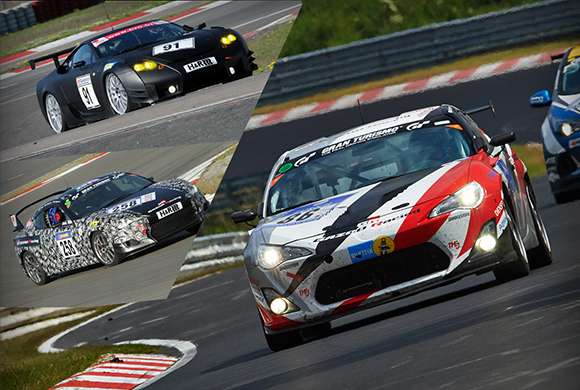
Toyota had commenced a project to build its first super-sports car since the Toyota 2000GT—this would become the Lexus LFA, a car that was intended to be a symbol of the company. During the development process, prototypes were entered into the 24 Hours of Nürburgring, and the experience and knowledge gained there was fed back into the mass production model.
The same development pattern was used for “86”, which is FR Sport and was launched in 2013. The special edition “86 GRMN” was developed as a road-going version of the race car that won its class at the 24 Hours of Nürburgring in 2014. Only 100 units of the 86 GRMN were produced, but part of its technologies and know-how, body rigidity and driving flavor, as well as elements of its powertrain were passed on to the mass-produced Kouki. Aspects of the 86 GRMN and the Kouki were then incorporated in the 86 GR, demonstrating how Toyota injected the DNA of the 24 Hours of Nürburgring directly into its production vehicles.
For further details, please see the following link:“THE LFA, 86, AND GR: A PROCESS OF EVOLUTION”
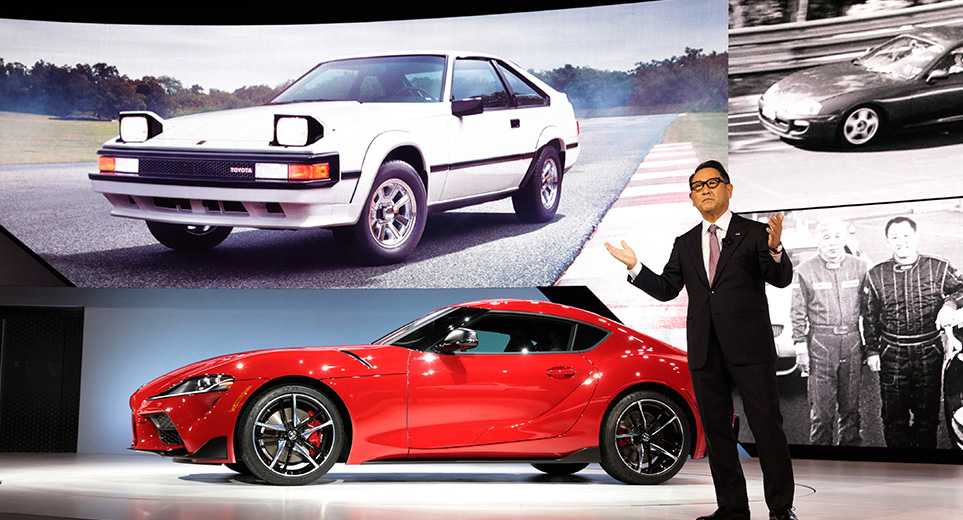
The decision to resurrect the Supra
In January 2013, Toyota and the BMW Group signed an official business partnership agreement, which included a commitment for “joint development of sport cars.” From the start, the plan was to develop a mid-size front-wheel-drive sports car—for Toyoda and others, however, this was understood to mean resurrecting the Supra. While undergoing driving training at the Nürburgring, Toyoda was told by Naruse: “Have a look at the German manufacturers. All of them test the new models they have under development at the Nürburgring. The only Toyota car capable of competing here is a used, out-of-production Supra.” These words made a powerful impression on Toyoda, and led him to decide on bringing the Supra back to life.
The Supra and the DNA it inherited
Tetsuya Tada, who had been in charge of development of the 86, was appointed chief engineer of the new Supra. Tada and the Supra shared a connection: when he was working as an electrical systems engineer, Tada was assign to assist product planning and shown the ropes of car-making and development by Tsuzuki, chief engineer of the fourth-generation Supra.
Herwig Daenens was chosen to be the testdriver from Toyota Motor Europe . Daenens was one of the last drivers to receive instruction directly from Naruse. In addition to experience and knowledge of the fourth-generation Supra, Daenens also fully understood Naruse’s ideas and Toyota’s philosophy. Toyota chose Hisashi Yabuki from Advanced Technical Skills Institute Division—a skilled man who also inherited the concepts of Naruse—to lead the Japanese side.
According to Yabuki, “this is the first Toyota to have been test-driven so thoroughly.” Beforereleasing, the Supra was test-driven on public roads in Europe, North America, and Japan. Of course, test drives were also conducted at the Nürburgring, which is widely regarded to be a microcosm of roads from all over the world.
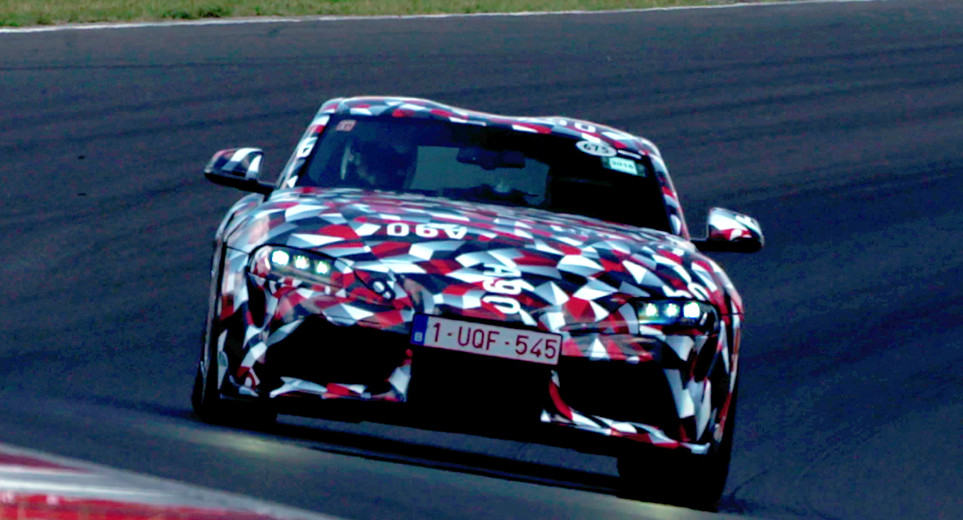
The final evaluation of the new Supra
takingplace at the Nürburgring
Shigeki Tomoyama is president of GAZOO Racing Company, which was entrusted with developing the Supra. At last year’s 24 Hours of Nürburgring, he was surrounded with a member of the automotive media: “Previously, both the LFA and 86 completed their pre-launch graduation exams by competing in the VLN Endurance Championship—will the new Supra do the same?”
Tomoyama replied: “We must wait for Morizo (the racing pseudonym of Akio Toyoda) to drive the Supra at the Nürburgring and give the final seal of approval.”
Just as Tomoyama had said, the Supra lined up in round nine of the VLN Endurance Race, which was held October in 2018. Toyoda competed in the race as a driver, and he spoke the following words silently to the late Naruse:
“Naruse san, we have finally come back to the Nürburgring with the new Supra.”
Story of GR Supra
